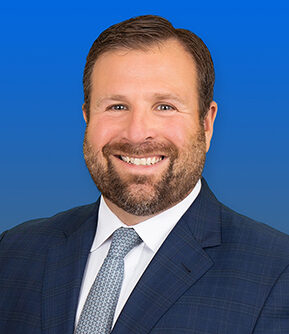OSHA Issues Updated Guidance Addressing Questions About COVID-19 in the Workplace
Since Stevens & Lee reported on OSHA’s first round of guidance concerning COVID-19, the agency has issued updated guidance addressing a number of common questions about how to prepare for, and deal with, COVID-19 in the workplace.
On March 9, 2020, OSHA published a 35-page guidance document titled “Guidance on Preparing Workplaces for COVID-19.” The document itself is not a standard or regulation, but it includes helpful recommendations, along with descriptions of mandatory safety and health standards applicable to COVID-19. This includes information on:
- Developing an Infectious Disease Preparedness and Response Plan;
- Preparing to implement basic infection prevention measures;
- Developing, implementing and communicating about workplace flexibilities and protections, including teleworking and non-punitive sick leave policies;
- Use of appropriate Personal Protective Equipment (PPE), including gloves, goggles, face shields, face masks and respiratory protection;
- Implementing workplace controls to systematically identify and remove hazards;
- Implementing administrative controls (typically changes in work policy or procedures to reduce or minimize exposure to a hazard);
- Implementing safe work practices to reduce the duration, frequency, or intensity of exposure to a hazard; and
- Following existing OSHA Standards, including Personal Protective Equipment (PPE) standards, the Bloodborne Pathogens standard, and the “General Duty Clause,” which requires employers to furnish to each worker “employment and a place of employment, which are free from recognized hazards that are causing or are likely to cause death or serious physical harm.”
The guidance also sets forth OSHA’s Occupational Risk Pyramid for COVID-19, which classifies jobs according to their risk level based on the industry type, need for contact within six feet of people potentially infected with COVID-19, and other pertinent factors. It provides guidelines regarding how to effectively and efficiently protect workers at each level of risk.
In addition to the guidance document, OSHA has issued three memoranda intended to address the national shortage of N95 respirators:
First, on March 14, OSHA issued a memorandum that applies to employers in the health care industry only. In order to conserve N95 respirators and prioritize their use for situations involving COVID-19, health care employers may provide employees with another respirator of equal or higher protection in certain situations. To facilitate this, OSHA is temporarily relaxing the requirements for employers to conduct initial and ongoing fit tests for respirators. OSHA field offices have the discretion to not cite an employer for violations of the annual fit testing requirement if the employer makes a good faith effort to comply with the respiratory protection standard and meets certain other requirements.
Second, on April 3, 2020, OSHA issued a memorandum encouraging all employers to reassess their engineering controls, work practices and administrative controls to identify changes they can make to decrease the need for N95 respirators. The memorandum states that, if respiratory protection must be used, on a temporary basis, employers may consider use of alternative classes of respirators that provide equal or greater protection compared to an N95 respirator. Again, OSHA field offices have discretion to not issue citations under pertinent respiratory protection standards if the employer has made a good faith effort to obtain other appropriate alternative PPE and certain other requirements are met.
Third, also on April 3, 2020, OSHA issued interim enforcement guidance allowing employers to use disposable N95 respirators that are either certified under certain standards of other countries or jurisdictions or certified under other countries’ or jurisdictions’ standards but are expired, instead of N95 respirators or other respirators certified by the National Institute for Occupational Safety and Health (NIOSH), which OSHA’s current standard requires.
For more information concerning legal issues associated with COVID-19 in the workplace, please contact Brad Kushner, Kenneth Kleinman or the Stevens & Lee attorney with whom you regularly work.
This News Alert has been prepared for informational purposes only and should not be construed as, and does not constitute, legal advice on any specific matter. For more information, please see the disclaimer.


